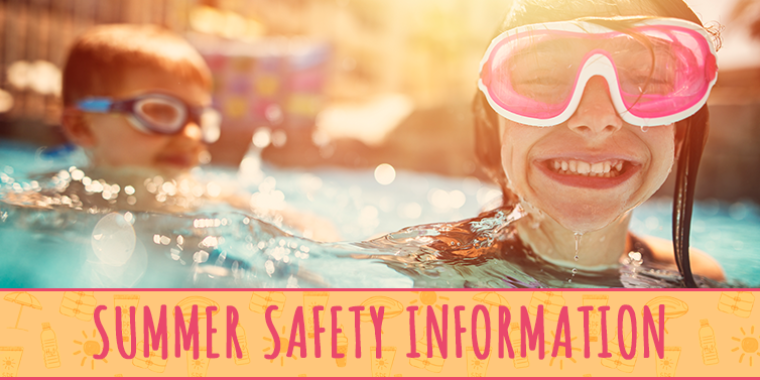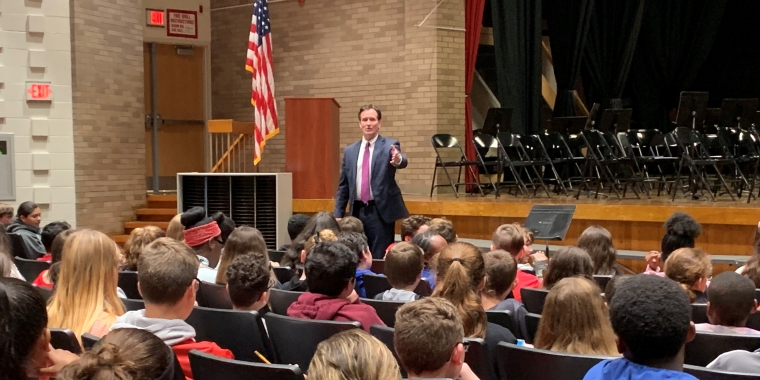
Water Safety Information Page
John J. Flanagan
June 3, 2013
• Swim in areas supervised by a lifeguard.
• Read and obey all rules and posted signs.
• Children or inexperienced swimmers should take precautions, such as wearing a U.S. Coast Guard-approved personal floatation device (PFD) when around the water.
• Watch out for the dangerous “too’s” – too tired, too cold, too far from safety, too much sun, too much strenuous activity.
• Set water safety rules for the whole family based on swimming abilities (for example, inexperienced swimmers should stay in water less than chest deep).
• Be knowledgeable of the water environment you are in and its potential hazards, such as deep and shallow areas, currents, depth changes, obstructions and where the entry and exit points are located. The more informed you are, the more aware you will be of hazards and safe practices.
• Pay attention to local weather conditions and forecasts. Stop swimming at the first indication of bad weather.
• Use a feet-first entry when entering the water.
• Enter headfirst only when the area is clearly marked for diving and has no obstructions.
• Do not mix alcohol with swimming, diving or boating. Alcohol impairs your judgment, balance, and coordination, affects your swimming and diving skills, and reduces your body's ability to stay warm.
• Know how to prevent, recognize, and respond to emergencies.
Pool Safety Information from the American Academy of Pediatrics
A swimming pool can be very dangerous for children. If possible, do not put a swimming pool in your yard until your children are older than 5 years. Help protect your children from drowning by doing the following:
• Never leave your children alone in or near the pool, even for a moment. An adult who knows CPR should actively supervise children at all times.
• Practice touch supervision with children younger than 5 years. This means that the adult is within an arm's length of the child at all times.
• You must put up a fence to separate your house from the pool. Most young children who drown in pools wander out of the house and fall into the pool. Install a fence at least 4 feet high around all 4 sides of the pool. This fence will completely separate the pool from the house and play area of the yard. Use gates that self-close and self-latch, with latches higher than your children's reach.
• Keep rescue equipment (such as a shepherd's hook or life preserver) and a telephone by the pool.
• Do not use air-filled "swimming aids" as a substitute for approved life vests.
• Remove all toys from the pool after use so children aren't tempted to reach for them.
• After the children are done swimming, secure the pool so they can't get back into it.
• A power safety cover that meets the standards of the American Society for Testing and Materials (ASTM) may add to the protection of your children but should not be used in place of the fence between your house and the pool. Even fencing around your pool and using a power safety cover will not prevent all drownings.
• Remember, teaching your child how to swim DOES NOT mean your child is safe in water.
Important Safety Tips from the Christopher and Dana Reeve Foundation
Share this Article or Press Release
Newsroom
Go to NewsroomSenator Flanagan On Kings Park Sewer Legislation
May 30, 2019

Summer Safety Information 2019
May 28, 2019


